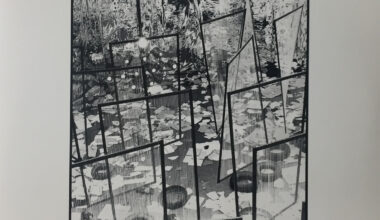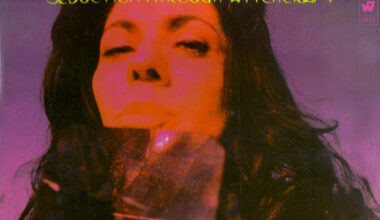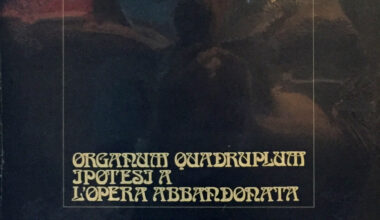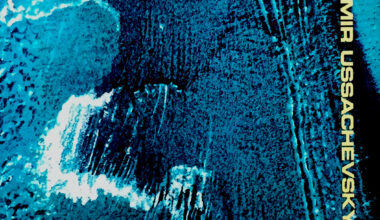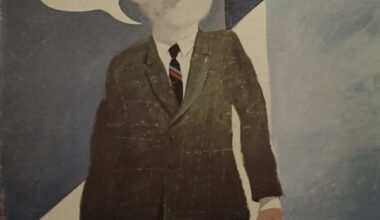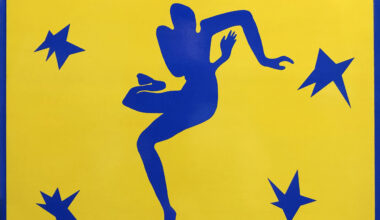Join our resident archivist as we find him reminiscing about the time he joined Terry Riley in a performance of ‘In C’…
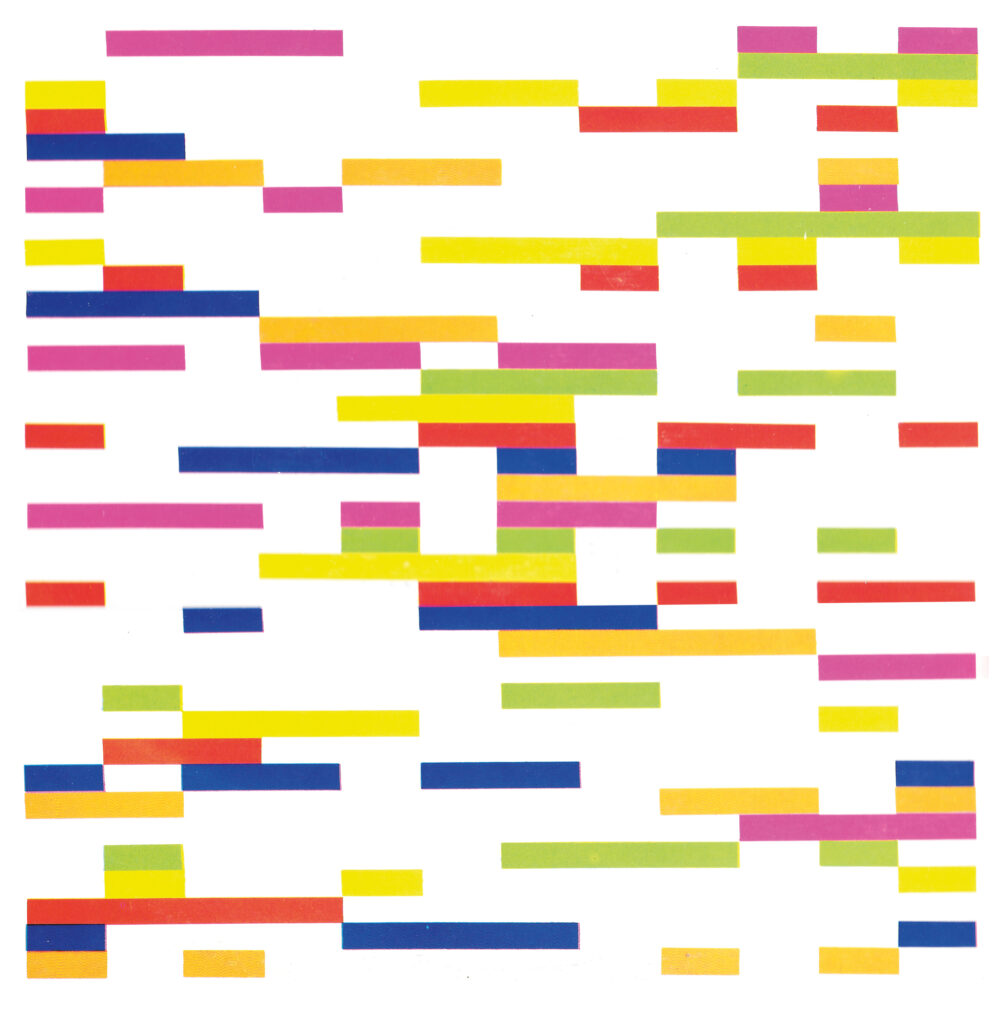
I was thinking the other day about the time I went to see Terry Riley perform ‘In C’ here in San Francisco. It was probably about 15 years ago now, and the audience brought their own instruments and played along. I took my bass clarinet and a modified Speak & Spell machine. The guy sitting next to me had a flute. It lasted about an hour and eventually petered out, with various people in the audience trying to get the last note in.
The orchestra played the final note in the end. Riley’s from the Bay Area, of course, and it was all very San Francisco. It was really good fun. It reminded me of a record I have which is also about listener participation; ’Synergetic Sonorities’. It was released in 1969 on the Marathon label. Marathon was a Canadian private press label, you could send them tapes and artwork and they would press up 500 copies or whatever you wanted. I have a few records on that label, including ‘Electronic Essays’ which has Pauline Oliveros on it, but this one is the rarest. There are two artists on the album, one side each. One composer is George Cacioppo, and his piece is called ‘Holy Ghost Vacuum, Or America Faints’, which is pretty interesting. But the one I really like is ‘Cascando’ by Udo Kasemets.
Musically, ‘Cascando’ is really hardcore, minimal repetitive music. The only piece I’ve heard that’s similar is La Monte Young’s ‘Drift Study’, but that doesn’t really describe how this sounds. It’s subtitled “stereosonic listener participation music”. He also called it “phonographic stereosonophony”. The piece was composed specifically for playing on a record player, and the instructions that come with the LP say that you can either listen to it as a “straight listening piece”, or you can use it together with text of the radio play ‘Cascando’ by Samuel Beckett, which was written in French and broadcast in 1961 with the subtitle ‘Invention radiophonique pour musique et voix’. The original score was by a composer called Marcel Malhovici and various composers have played around with it since, including Philip Glass and David J of Bauhaus. You can find the first British broadcast on YouTube, it’s pretty weird. It’s all about the interplay of language and music.
The idea with the Kasemets version is that you use a sort of score that’s printed on the back of the record. You play the record and keep the volume off during the opening monologue, and when the script says “MUSIC”, you turn up the volume. There are other instructions for when music and words are supposed to happen at the same time. You can also listen to it as a “listener-controlled performance” without the text. You need to be able to control the volume of each channel independently for this version, and there’s another weird score, a series of “time charts” which tells you how many minutes or seconds each channel is turned up for, and you can mix up the time charts. It’s an interesting idea, but I’ve never actually done it. The cover art is a graphic score of the piece, and it claims that the recording was made entirely with straight and modified sounds of the human heart.
Kasemets was born in 1919 in Estonia, and emigrated to Toronto, Canada in 1951, just after attending the famous Darmstadt summer school, which was a hotbed for avant-garde music. John Cage and Stockhausen famously presented their ideas to other composers there, and you can really see the influence of Cage on ‘Cascando’, with the elements of chance, and these predetermined systems creating the listener experience that changes every time. Once he was settled in Canada, Kasemets taught at a couple of music schools and became the music critic at the Toronto Daily Star for a while. He organised festivals and concerts of new music in Canada, and formed the Toronto Synergetic Theatre in the 1960s, “a creative-performing group of musicians, technologists and mixed media artists”, which sounds pretty exciting. From the early 1970s until 1987 when he retired, he was a professor at Department of Experimental Art at the Ontario College of Art. He died in 2014, aged 94.
